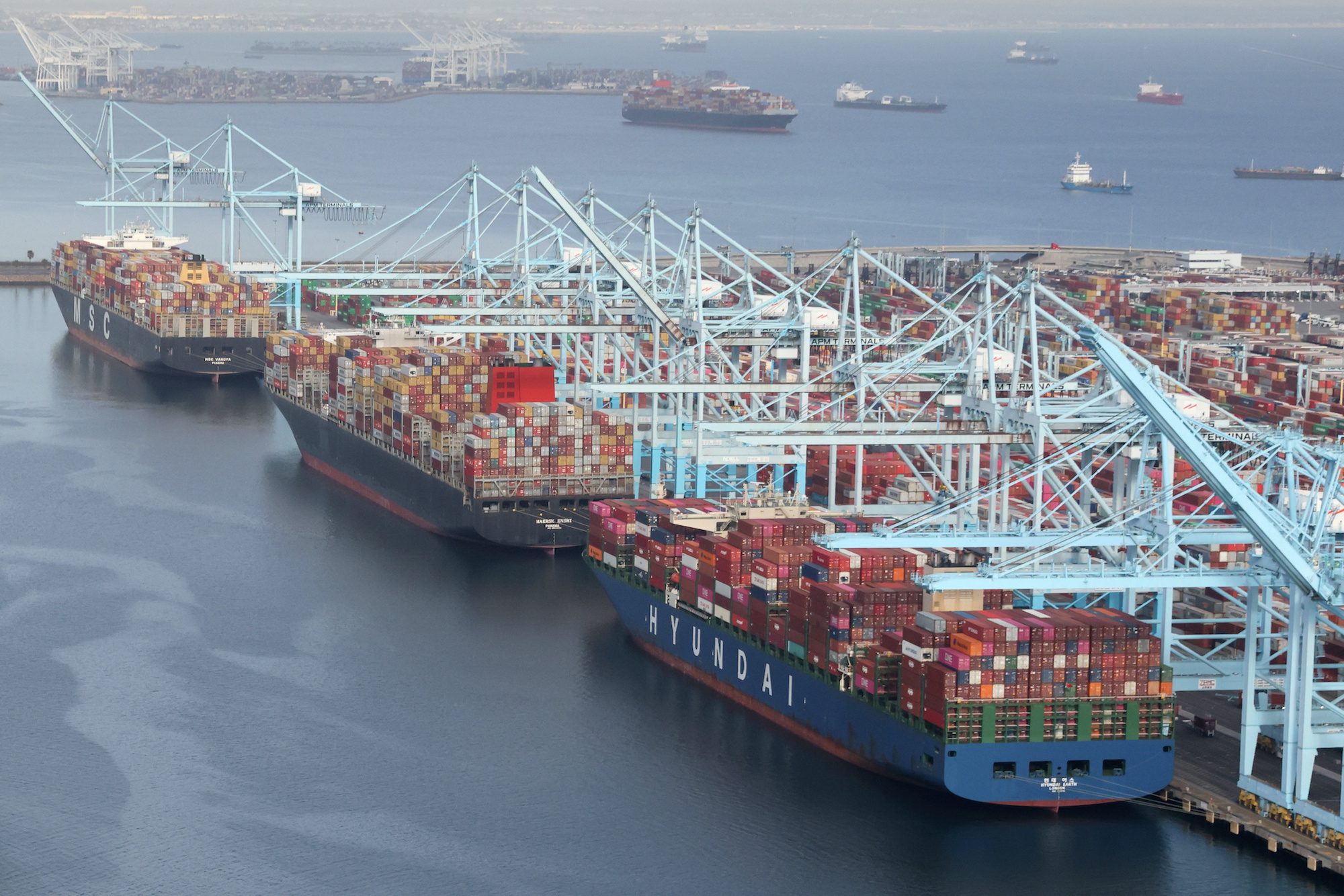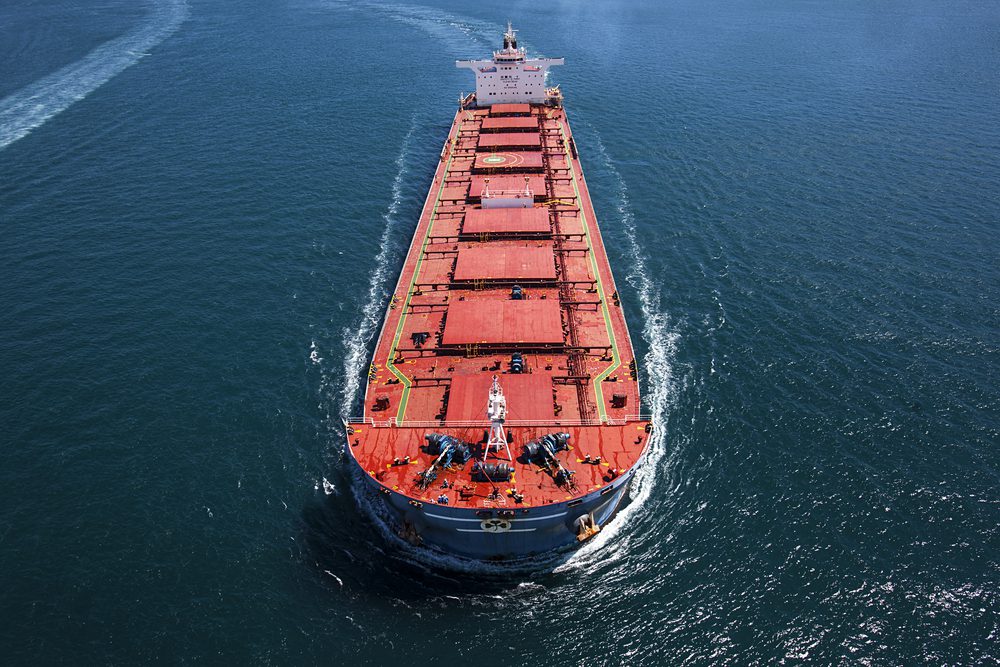Liner shipping association the World Shipping Council (WSC) has raised significant concerns about the newly announced U.S. Trade Representative port fee regime, warning of potential adverse effects on American trade and maritime industry development.
The comprehensive plan, announced on Thursday, aims to challenge China’s maritime sector dominance through a targeted fee structure on Chinese vessels and operators. However, industry leaders argue the measures could have unintended consequences for U.S. consumers and businesses.
“Revitalizing America’s maritime sector is an important and widely shared goal — one that requires a long-term, legislative and industrial strategy,” stated Joe Kramek, President and CEO of the World Shipping Council. “Unfortunately, the fee regime announced by USTR is a step in the wrong direction as it will raise prices for consumers, weaken U.S. trade and do little to revitalize the U.S. maritime industry.”
The plan includes a first phase with a 180-day grace period, after which fees will be implemented on Chinese vessel owners and operators calling in the U.S. based on net tonnage. Starting at $50 per net ton, fees will increase annually by $30 increments, reaching $140 per net ton by 2028. Non-Chinese operators using Chinese-built vessels will face lower rates, starting at $18 per net ton (increasing to $33 in 2028) or $120 per discharged container, whichever is higher. Fees will be assessed on the first U.S. port entry per voyage/rotation and capped at five assessed fees per year per vessel.
While the final action was amended from the USTR’s initial proposal of up to $1.5 million per port entry for Chinese-built ships, the fees are still substantial.
Generally speaking, the largest containerships traversing the Panama Canal’s neopanamax locks typically range from 13,000 to 15,000 TEUs, which corresponds to roughly 80,000 NT. For a vessel of this size under Chinese ownership or operation, the fee would amount to $4 million per voyage, with a yearly cap of $20 million. By 2028, these fees will increase significantly to $11.2 million per voyage, with an annual cap of $56 million.
For a non-Chinese operator with a Chinese-built ship of comparable size, the fee would be $1.44 million per voyage (capped at $7.2 million annually), increasing to $2.64 million per voyage (with an annual cap of $13.2 million) per vessel. This example also excludes any exemptions.
Notably, there is not fee for ships built outside of China, regardless of the operators fleet composition or orderbook, as was originally proposed. Therefore, we can expect owners/operators to deploy non-China built ships to the U.S., bypassing the fees altogether.
The WSC’s primary concerns include the retroactive nature of port fees, which they argue could harm American exporters, particularly farmers. The organization also points out that basing fees on Net Tonnage disproportionately affects larger, more efficient vessels that transport essential goods and components used in U.S. production.
A controversial aspect of the plan includes new fees on vehicle carriers, with a $150 charge per Car Equivalent Unit (CEU) capacity for foreign-built vessels. The WSC argues this could increase automobile prices for American consumers.
The USTR has included some mitigating measures, such as exemptions for U.S.-owned vessels, those enrolled in U.S. Maritime Administration programs, smaller vessels, and certain specialized export vessels. A fee remission pathway offers operators temporary fee suspensions for committing to purchase U.S.-built vessels.
Phase two of the initiative will focus on the LNG sector, requiring a portion of U.S. LNG exports to use U.S.-built vessels starting April 17, 2028, with a 22-year phase-in period acknowledging current limitations in U.S. LNG shipbuilding capacity.
The maritime industry’s significance to the U.S. economy is substantial, with liner shipping moving 65% of U.S. seaborne trade and contributing more than $2 trillion annually while supporting 6.4 million American jobs.
Ambassador Jamieson Greer, U.S. Trade Representative, defended the measures: “Ships and shipping are vital to American economic security and the free flow of commerce. The administration’s actions will begin to reverse Chinese dominance, address threats to the U.S. supply chain, and send a demand signal for U.S.-built ships”.
The complete fee structure details are available in the Federal Register Notice, as industry stakeholders begin to assess the full impact of these new regulations.

 Join The Club
Join The Club











